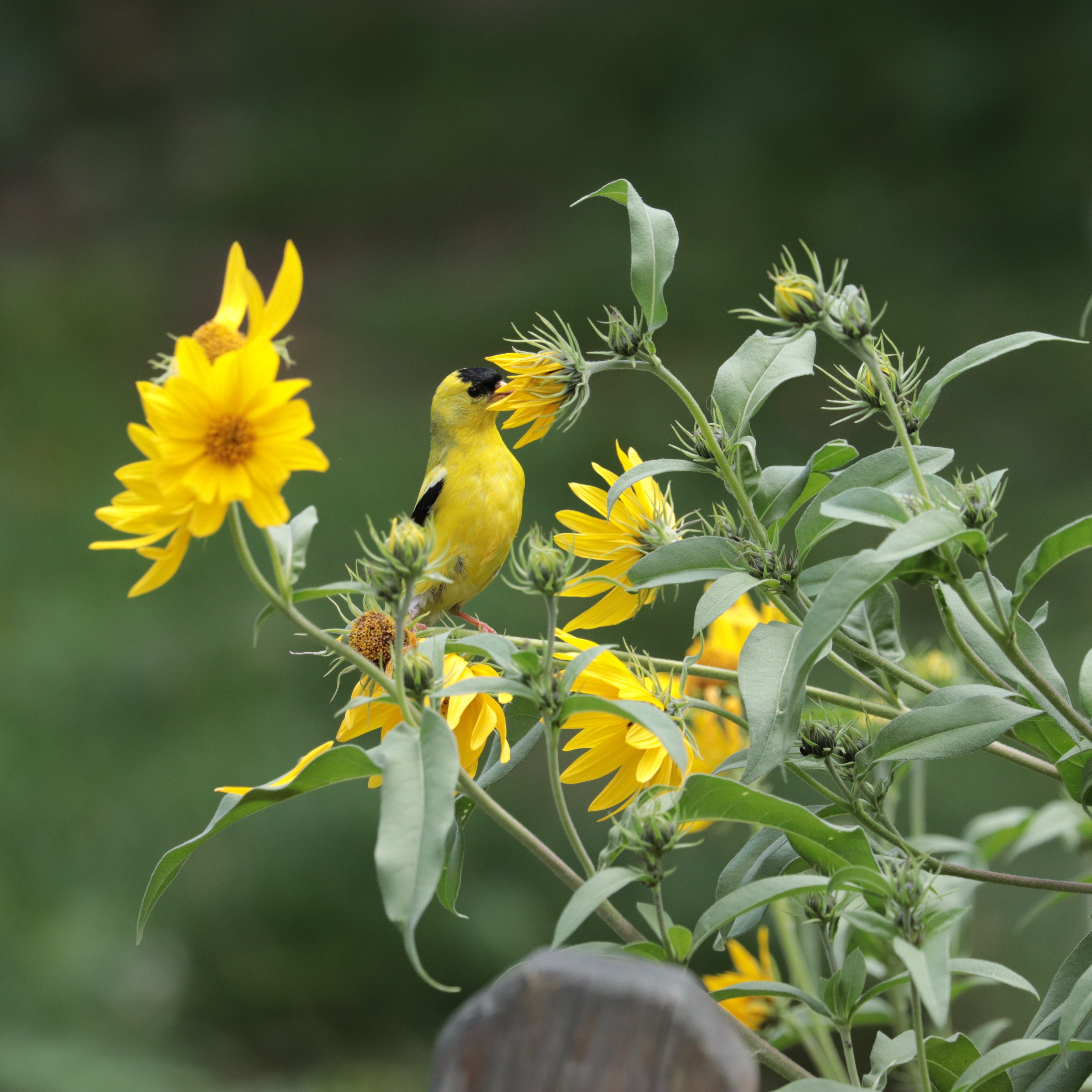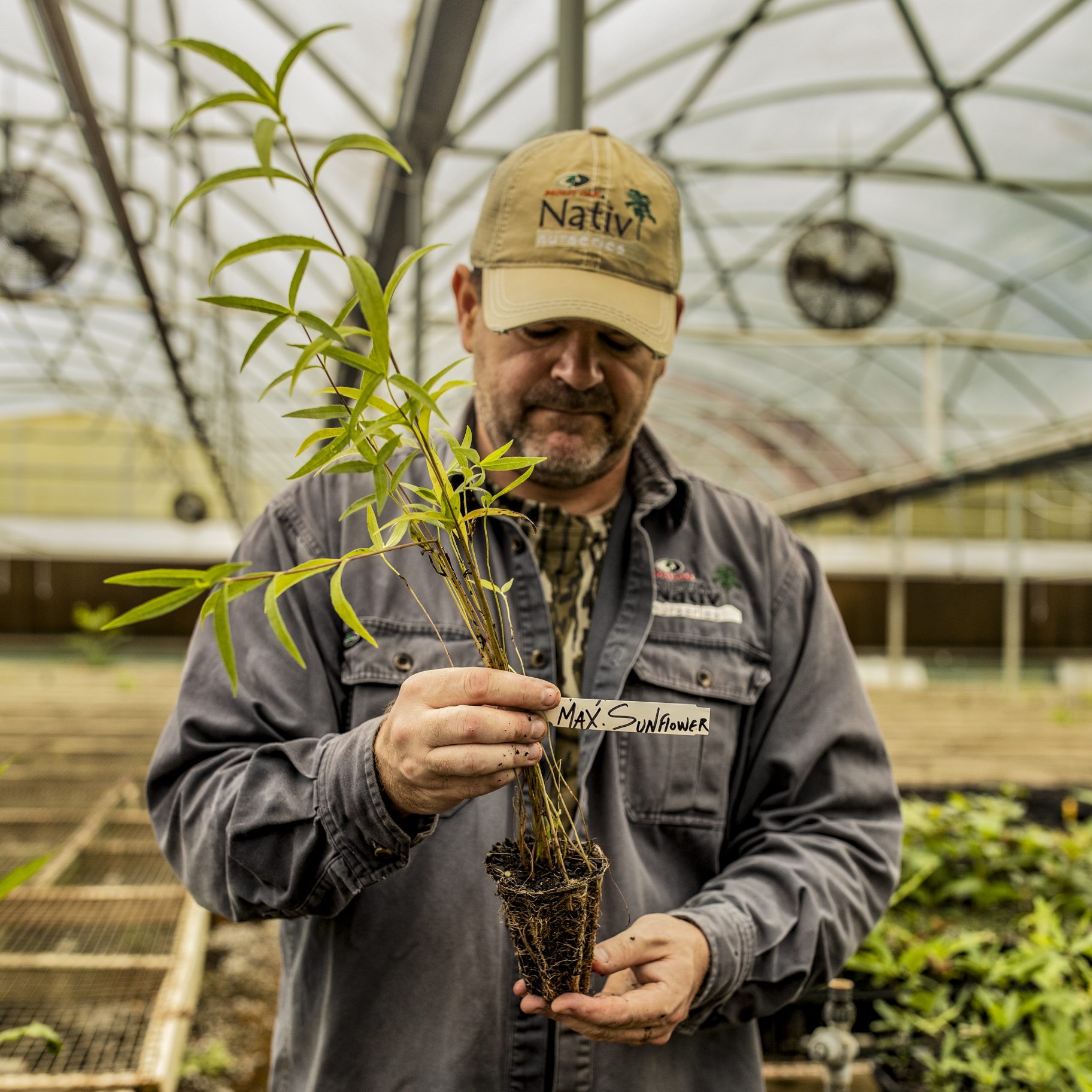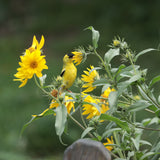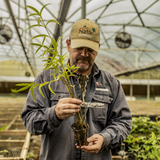Maximilian Sunflower Wildflower Seed Plugs (Helianthus maximilliani)
Maximilian Sunflower Wildflower Seed Plugs (Helianthus maximilliani)
1 plug
-
1037 Osborn Rd
Pickup available, usually ready in 2-4 days1037 Osborn Rd
Starkville MS 39759
United States6624944326
Maximilian Sunflower Wildflower Garden Plugs
(Helianthus maximilliani)
Height 3-8’
pH 5-8
Zones 4-10
Soils: most common in prairie clays, but will also thrive in a variety of moist to dry soils.
Named for the German explorer/naturalist, Prince Maximilian, who led an expedition through the American West in the 1830’s, this native herbaceous perennial sunflower ranges in rich prairie soils mostly west of the Mississippi river from Texas to Canada, and east of the Rockies, but has naturalized elsewhere in the states. This is a fun one to grow, and such a beautiful plant with the contrast of the grey-green foliage and heavy flushes of showy yellow flowers that bloom summer into fall. All sorts of wildlife enjoy it as well. Maximillian can form large colonies (its definitely a spreader), but agriculture in the Great Plains has pushed this important species back into ditches and turnrows. You can help get more of it back by planting it in your own pastures, openings, and any sunny area you want to enhance with diversity.
The brilliant yellow flowers that provide nectar and pollen to all sorts of insects and bees, give way to large quantities of small sunflower seeds that birds, and mammals such as ground squirrels, groundhogs devour. The leaves are eaten by butterfly larvae such as the silvery checkerspot butterfly and border patch butterfly, and the stems host caterpillars of several of the boring moths. Rabbits and deer (moderate preference) will also eat the young leaves. Cattle will graze on them as well, and make a wonderful addition to pastures for the rotational grazing of cattle. Although not as prolific as its relative, the sunchoke sunflower (Helianthus tuberosa), the rhizomes (roots) are edible, as are the young shoots.











